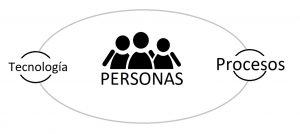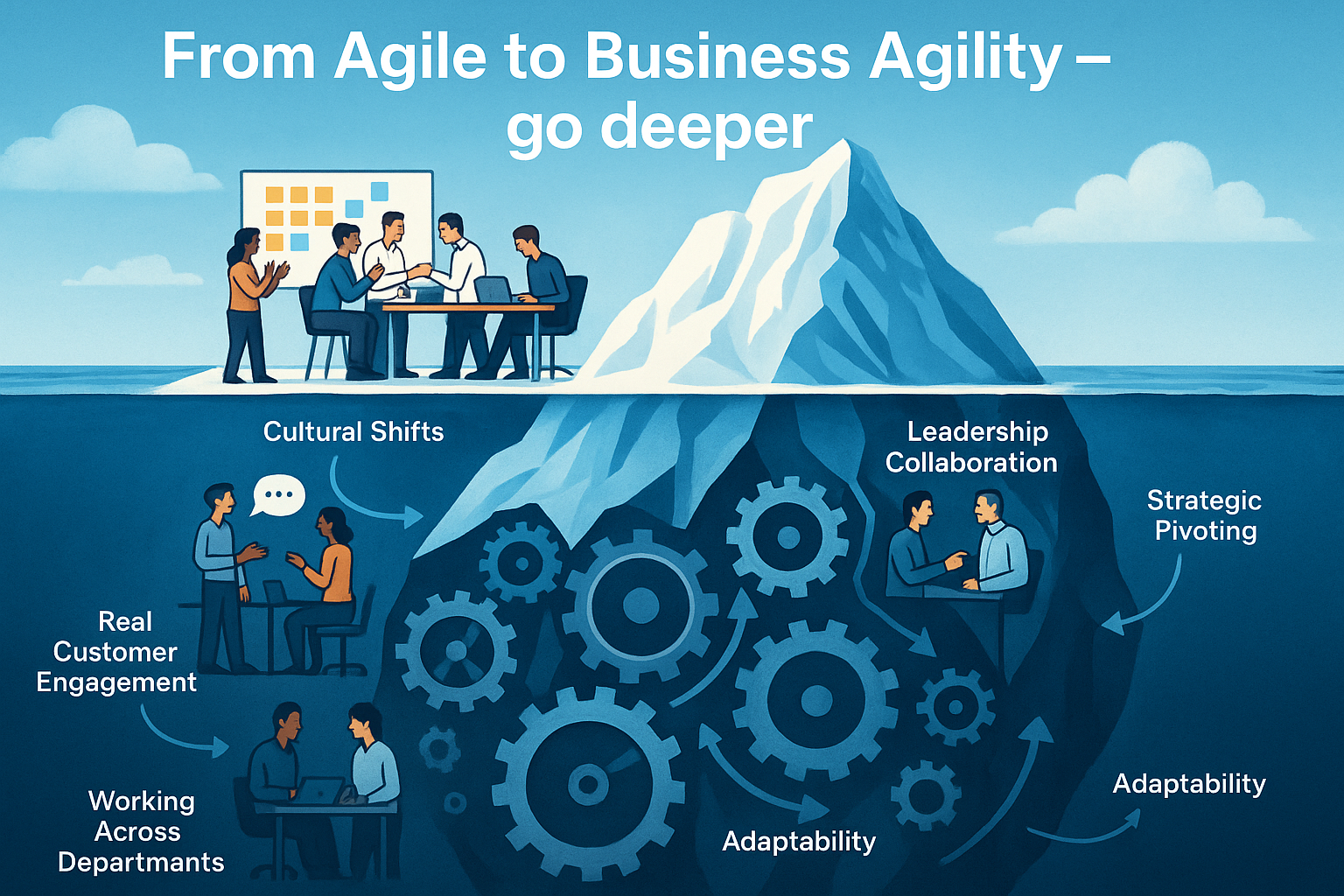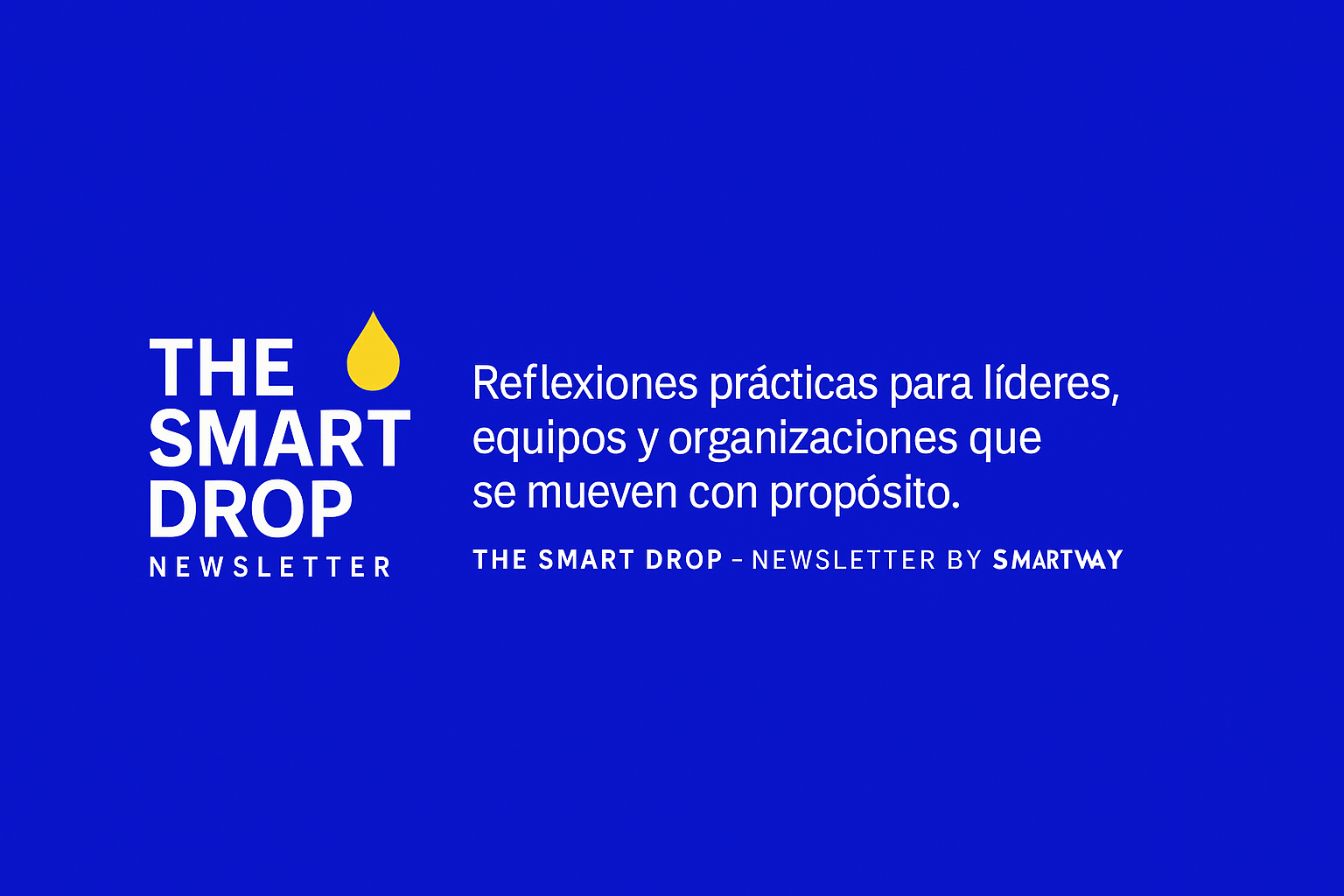Agile this, Agile that… now it seems that everyone must be Agile! There is a great demand to know what Agile methodologies are and what they can bring, but what is really Agile?
What is Agile?
In this first post, we will answer this question:
“Agile is a mindset, a philosophy, an organizational culture.
”
Around this philosophy have emerged numerous methodologies which are very powerful and help the adoption of this adaptive and inclusive mindset. However, these same frameworks can be used maliciously and go against the Agile philosophy.
Agile as a work philosophy can help any team or organization that is willing to adopt it. This philosophy puts PEOPLE at the center, both the customer and the team members. The focus should be on People, communication, how information flows, collaboration, trust and autonomy.

Although Agile is about people, communication and collaboration, two more dimensions around people are necessary:
- Processes: Processes are a manifestation of the company’s culture, changing these processes, putting them at the service of people, will cause a change in the company’s culture. Processes should be oriented to provide value to the customer or end user. The processes must be considered from beginning to end, that is, from the moment the idea arises until the idea is in the hands of the addressee. Processes must take into account the prioritization of work, this prioritization must be based on value. And above all, processes must be subject to continuous improvement.
- Technology: The efficient use of technology is fundamental. Technology helps us to have speed, speed of response to change. Technology should help us to automate, automate repetitive processes, automate stages or long steps that are carried out numerous times without any change.
Both processes and technology must be at the service of people, not the other way around. Processes and technologies under the umbrella of the Agile mindset should serve communication, collaboration and trust between all people on the team, as well as with customers and users.
And if it’s so simple, why…? ?
This vision of Agile is simple, but instead we have a lot of difficulty getting teams and organizations to move towards this new paradigm. In my experience there are three main causes that prevent teams from improving their productivity and “happiness” by adopting Agile practices, these challenges are the following:
- Common sense: all of the above seems obvious, it is common sense. The problem is that common sense is the least common of the senses, and we often ignore our intuition and common sense.
- Resistance to change: Often it is not voluntary, it is simply the fear of the unknown. Or we resort to self-deception to not even try new things: “this won’t work here”….
- Lack of knowledge of alternatives and tools: sometimes the problem is that we do not know how to change, we do not know the alternatives available.
One more element that hinders this path is that Agile is based on values and principles that can be found on the agilemanifesto.org website. The easy thing would be for it to be based on totally predefined practices and processes, but it is not. Agile is about adapting to the environment, and each environment has its own idiosyncrasies.



